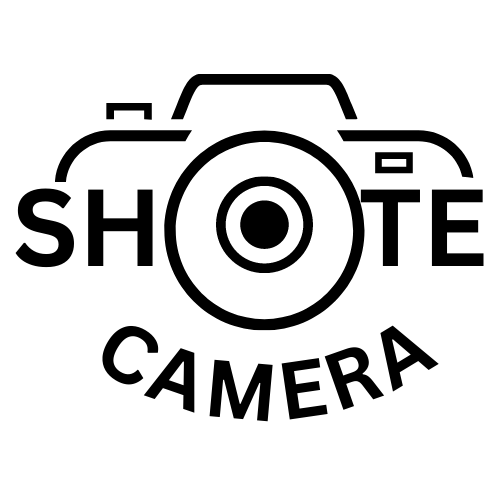Leveraging AI to Enhance Your Photography Business
Integrating AI solutions can provide game-changing advantages for photographers looking to grow and streamline their business. AI-powered tools transform core aspects of running a photography venture, from streamlining client presentations to automating administrative tasks. This article will explore key ways photographers can harness AI to bolster their business operations and outcomes.
Automating Pitch Decks with AI
Creating visually compelling yet succinct pitch decks to display your services is crucial for client acquisition. AI pitch deck generators like ProAI Microsoft Office and Google Workspace tools can automate much of this process. These AI solutions generate tailored pitch decks by simply inputting key client and project details. The AI reviews your portfolio and tailors content and visuals based on your photographic style.
This efficiency allows photographers to produce professional presentations to impress prospective clients. The platforms also facilitate easy iteration, allowing quick revisions based on client feedback. With descriptive guidance, the AI learns and continuously refines the pitch deck. While reviewing output is still essential, AI automation lifts the burden of starting from scratch.
Streamlining Business Plans with AI
Photography ventures also require comprehensive business plans covering financials, competitive analysis, and long-term strategy. Crafting these plans is laborious, but AI business plan generators like LivePlan and ProAI expedite the process through automation.
After providing key inputs about your business, target market, and objectives, AI tools, such as an AI business plan generator, allow people to produce complete business plans with all requisite sections. The technology analyzes market data, incorporates visuals and charts, and generates financial forecasts tailored to your business model. The AI-generated plan is an excellent starting point, which photographers can refine iteratively based on their specific needs and goals.
Summarizing Complex Topics with AI
Photographers must often explain technical concepts or summarize complex topics for clients and colleagues. AI writing assistants like Claude allow users to provide research materials, which the AI then synthesizes into a summary.
For example, a photographer could input articles about lighting techniques and have the AI generate a straightforward, easy-to-understand summary. This helps photographers articulate complex subjects to clients clearly and efficiently without exhausting research and writing efforts.
Optimizing Administrative Workflow with AI
Photography businesses must manage extensive administrative work, from scheduling to contracts and invoices. AI scheduling tools like Calendly and x.ai allow users to automate appointment booking, contract reviews, and email communications.
Photographers can configure preferences and let the AI handle coordination and correspondence based on client availability. This alleviates hours spent on administrative work, freeing photographers to focus on higher-value tasks. AI contract review tools also ensure accuracy in legal agreements and prompt invoice payment.
Integrating AI delivers immense advantages across key facets of photography business operations. While human creativity and direction remain irreplaceable, AI efficiency and personalization enable photographers to elevate their capabilities and outcomes. Leveraging these innovations allows photography professionals to thrive with optimized productivity.
Potential Risks and Cautions with AI Integration
While AI unlocks many benefits, photographers should weigh risks and approach integration cautiously. AI tools have limitations in mimicking human nuance and judgment. Over-reliance on AI outputs without thorough review could lead to subpar work quality or misalignment with business objectives.
Photographers should scrutinize AI-generated pitch decks, plans, and content to ensure they resonate with their brand identity and intended audience. If not guided carefully during research synthesis, the AI may also recommend questionable sources. Photographers should verify the validity of cited sources.
Additionally, photographers must ensure AI efficiency doesn’t replace human connection with clients. The over-automation of communications and scheduling could make clients feel detached from service providers. AI should augment photographers’ abilities to engage meaningfully with clients.
With thoughtful oversight and iterative refinement, photographers can fruitfully harness AI as part of their tech stack. However, maintaining active participation in review and relationship management is key to minimizing risks. The dynamic combination of AI’s capabilities and human direction unlocks maximum potential.
Safeguarding Your Work in an AI Era
The emergence of powerful AI generative tools like Stable Diffusion enables the creation of photorealistic images and art. This poses potential threats of unauthorized use or replicating photographers’ original work. However, photographers can take proactive measures to safeguard their portfolios.
Registering your photographs through copyright and licensing services creates official records of ownership. Embed watermarks discretely within image files before publishing them online. Utilize metadata tools to tag photographs with ownership details.
Stay updated on developments in AI copyright laws and protections. Support advocacy groups that advocate for photographer rights. Consider using AI detection services that scan for unauthorized image use.
Though AI technology brings uncertainties, photographers can take actionable precautions to protect creative work. With vigilance and protective measures, photography professionals can still thrive in AI. The law is adapting, and photographers must remain informed and engaged to secure their rights.




